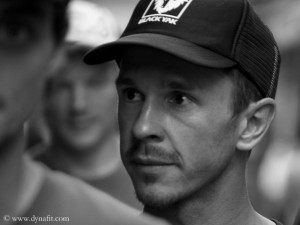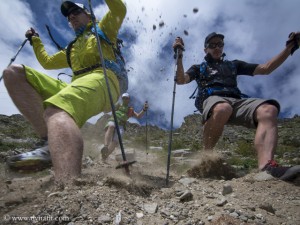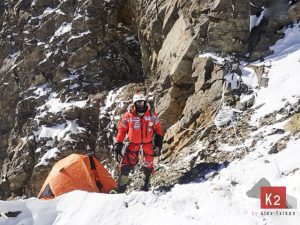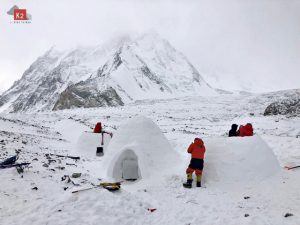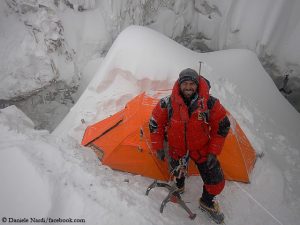In memoriam Basti Haag
No, I didn’t really know Sebastian Haag. I met him only once – as we sometimes do in the mountaineering scene. It was a year ago, at the International Mountain Summit (IMS) in Brixen (Bressanone) in South Tyrol. At that time he and Benedikt Boehm reported on their experiences at the eight-thousander Manaslu in Nepal: On 22. September 2012, an avalanche had hit two high camps at about 6000 meters. Eleven climbers had been killed. Bene and Basti were lucky because, due to a disquieting feeling, they had pitched their tent far away from the others. After the accident the two Germans had rescued several injured climbers. In October 2013 in Brixen, we talked about the risks that Basti took as an extreme athlete. “There are moments in which you have to switch off your brain, and others in which you have to switch it on”, said Basti. “Of course something can happen to us, like to anyone else. Nobody is immune, no matter how cautious you are. And if you’re too cautious, you have to stay at home, climb the Zugspitze or take part in the Munich City marathon.”
A fun-loving guy
Haag was not only a ski mountaineer, but also an ultra trail runner who started in competitions worldwide – and he was a doctor of veterinary medicine. In 2010, he presented his dissertation dedicating it to his brother Tobias, who fell to death near Chamonix when a cornice collapsed. With his schoolmate Benedikt Boehm Basti set a speed record at 7,546-meter-high Muztagh Ata in western China in 2005: nine hours and 25 minutes for the ascent, one hour and 16 minutes for the ski run. A year later the two ski mountaineers and their German compatriot Luis Stitzinger climbed and skied down the eight-thousander Gasherbrum II in the Karakoram. It took the trio only 17 hours. “I experienced Basti as a very friendly and pleasant man”, said Luis, when I called him today. “He got along with everybody, a fun-loving guy.”
No candidate for suicide
Then the successful series of Bene and Basti at the eight-thousanders ended. In 2007 on Manaslu, they had to turn around at 7,400 meters due to great danger of avalanches. In 2009, their attempt at Broad Peak ended on the lower Central Summit (8,011 m) because Basti war suffering from a cerebral edema. “At that time I risked not only my life but certainly Bene’s too, because I made the mistake to climb on ignoring my problems”, Basti told me in Brixen. In 2012 on Manaslu, he tried to get to the summit after the avalanche incident but turned around at about 8000 meters, although Benedict climbed up to the top. “He had learned from his experiences”, said Luis. “Basti was willing to take risks, but he was not a candidate for suicide.”
Low safety margin
There is no speed ski mountaineering without risk, says Stitzinger who continued to ski down 8000ers, but stopped his speed projects after his experiences on G II: “If you’re too defensive, you will not be successful. You have to give your very best to get the highest speed. The safety margin is relatively low.”
On Wednesday, Sebastian Haag and his Italian friend Andrea Zambaldi died in an avalanche in the summit region of Shishapangma. Basti was 35 years old.



